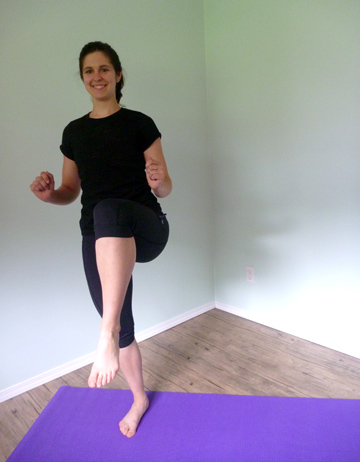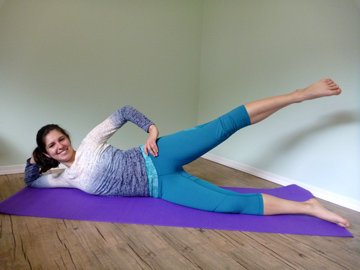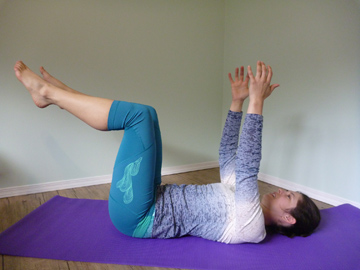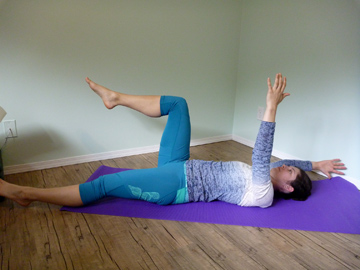Work Smarter, not Harder!
The chill is in the air and winter is coming! As skiers and boarders we are getting the gear out of the shed, tuning the gear, looking for a new cool outfit and, of course, making sure our pack is ready for the second we get a chance to go for a tour. With all this preparation you probably think you are ready to get on the slopes but what about your body? Most of us aren't lucky enough to ski year round so, unfortunately, our ski specific muscles may lose some strength and power over the summer months. Instead of just dreaming about sending those steep lines or cruising on the groomers why not get in some preseason training to help you start the season off right by being stronger and more agile and decreasing your chances for an injury.
Skiing and snowboarding are both physically demanding sports and the amount of time you spend preparing can determine whether you have an incredible time on the slopes or an incredibly painful experience especially in the first week. A comprehensive pre-season training program should include: cardiovascular, general and core strength, balance and coordination, and flexibility training.
Cardiovascular training is really important to not only make skiing and touring more enjoyable but for your general heart and lung health. You can build up your aerobic base by doing some endurance style workouts. Get outside and enjoy the crisp fall air and the variety of Nelsons hills by going for a 30 to 60 minute walk or run 3 to 5 times a week. You should be working hard enough so that you are sweating and it is challenging but you are still able to maintain a conversation.
General and core strength training is a key component in ensuring that your joints and back stay safe and injury free while you play on the slopes. Your strength training can begin at the same time you start your cardio training. Strength training should be preformed 2 to 3 times per week and should incorporate your entire body. Key areas to focus on are your upper back, chest, glutes, legs and core, which consist of your abdominals and your lower back. Ensure that you use a variety of exercises and always work towards reaching correct form.
Balance and coordination is the definition of skiing and boarding. Just ask anyone learning how to slide. Even though you may have been sliding for years improving your balance and coordination will help you really wrangle the snow this season. Adding some balance exercises such as balancing on one leg, standing on a wobble board, and performing single leg exercises to coordinate movement and balance will really help.
The last component and arguably the most important is flexibility which, when paired with strength, is critical in helping to reduce injuries. Stretching should always be preformed after the body has been working and the optimal time is at the end of your workout or run. Never stretch a cold body. Targeted muscle groups should be quads hamstrings, hip flexors, calves, glutes, chest and back. Think slow and relaxed when stretching and hold each stretch for 20 to 30 seconds.
Check out my three favorite preseason exercises:Side Lunge to Balance, Jane Fondas, Dead Bugs!
SIDE LUNGE TO BALANCE: Take a large step to your right side and shift your weight onto the right foot. Next, engage your core and bring your left leg to a 90-degree angle at your hip and find your balance. Once you are stable return foot to floor and repeat with your other leg on your left side.

JANE FONDAS: Begin lying on your side (hold your head in a comfortable position). Keeping toes relaxed downward, lift your leg up from the hip and keep your core engaged. If this is too difficult you may start by lifting a bent leg.

Dead Bugs: Begin lying on you back stack your knees above your hips and your arms above your shoulders. Engage your core and slowly lower opposite arm and leg to the floor. Exhale and return your limbs to their starting position, repeat alternating sides. If too difficult, try lowering one arm at a time or one leg at a time only.


Get moving and get ready for some long tours, deep days, cruisey groomers and an injury free season.
Please use these workouts at your own discretion and consult your doctor before trying any new exercise programs. Consult a knowledgeable personal trainer if you need help designing a personal program. Check out MountainLifeFitness.com for more information about preseason training.
Laureta Boychuk CSEP-CPT, NAIT PFT, BCRPA
Owner and Personal Trainer
Mountain Life Fitness